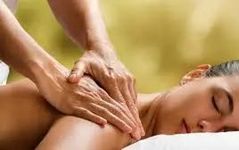
Common Techniques of Tui Na (Chinese Therapeutic Massage)
Tui Na, as one of the traditional therapies in Chinese medicine, utilizes manual techniques applied to specific areas of the body to regulate physiological functions and alleviate pain. It promotes blood circulation, improves muscle tension, and harmonizes the functions of the internal organs through techniques such as pressing, kneading, pushing, and pinching.
Tui Na not only has significant efficacy in treating various soft tissue injuries and chronic pain but also plays an important role in enhancing physical fitness and preventing diseases, making it a vital component of health maintenance in Traditional Chinese Medicine (TCM).
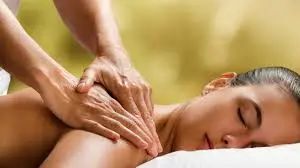
1
What is Tui Na?
Tui Na refers to a method of manipulating the body surface using the hands or other parts of the body, employing various specific techniques. The techniques require “durability, strength, uniformity, and gentleness” to achieve a “deep penetrating” therapeutic effect.
Durability——Sustained application for a certain period;
Strength——Exerting a certain amount of force;
Uniformity——Rhythmic application;
Gentleness——Light yet not floating, heavy yet not stagnant, with natural transitions.
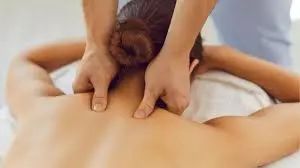
1
What methods are used in Tui Na?
1
Waving Techniques
Waving techniques are characterized by continuous movements of the wrist, palm, or fingers driven by the forearm. This includes techniques such as Yizhi Chan Tui Fa (One Finger Zen Pushing), Rolling Method, and Kneading Method.
Yizhi Chan Tui Fa (One Finger Zen Pushing)
-
Contact Area: Tip of the thumb, textured surface, and acupoints;
-
Key Points: The elbow serves as a pivot, the forearm moves actively, the ulnar side of the wrist is lower than the radial side, the hand is relaxed, and the thumb covers the fist;
-
Frequency: 120-160 times/minute;
-
Characteristics: Small contact area, high penetration, suitable for all body acupoints, commonly used on the head, face, chest, abdomen, and limbs, relaxes tendons and activates collaterals, harmonizes Ying and Wei, dispels stasis and accumulations, strengthens the spleen and stomach.
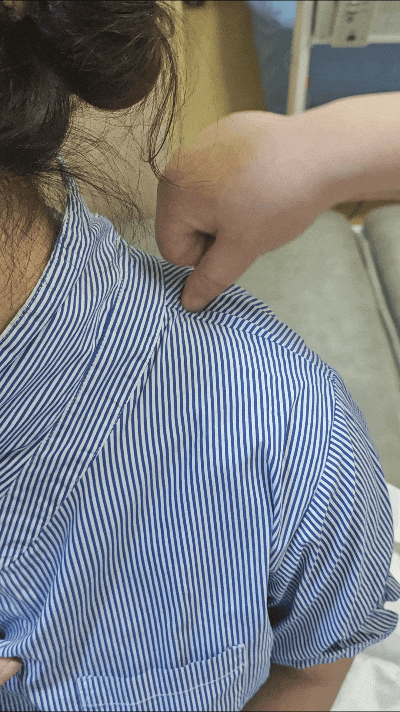
Hand Rolling
-
Composed of “wrist flexion and extension + forearm rotation”.
-
Contact Area: Dorsal side of the little finger’s metacarpophalangeal joint;
-
Pivot: Elbow joint;
-
Action: Flex and extend the wrist with the second and fourth metacarpophalangeal joints as the axis, and rotate the forearm with the ulnar side of the hand as the axis;
-
Key Points: The contact point should be close to the body surface, fully utilizing “tension”.
-
Characteristics: High pressure, large contact area, suitable for muscular areas, can promote blood circulation and relieve fatigue.
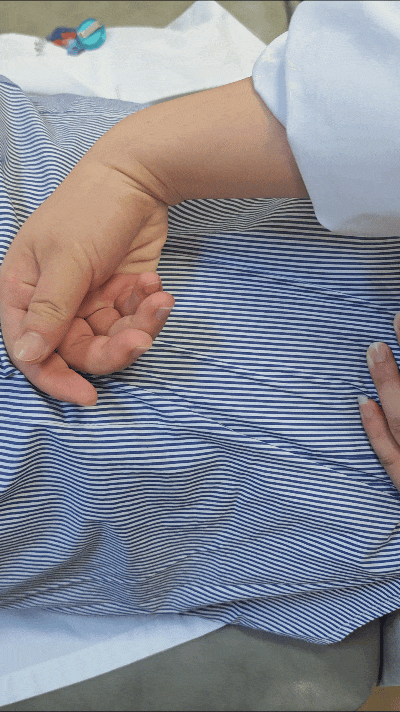
Kneading Method
-
Classification: Palm kneading, finger kneading;
-
Contact Area: Thenar or hypothenar;
-
Pivot: Elbow joint;
-
Action: The forearm moves actively, leading the wrist or fingers to perform gentle oscillations;
-
Frequency: 120-160 times/minute;
-
Characteristics: Gentle, low stimulation, suitable for all body parts, commonly used for gastrointestinal disorders, external injuries, and swelling, has effects of broadening the chest and regulating Qi, dispelling turbidity and stagnation, invigorating blood and dispelling diseases, and reducing swelling.
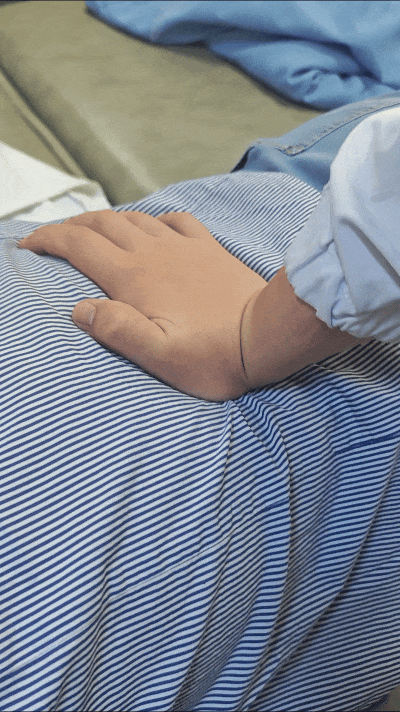
2
Friction Techniques
Friction techniques involve the palm or elbow making linear or circular movements on the body surface. This includes methods such as Friction Method, Rubbing Method, Pushing Method, Rolling Method, and Wiping Method.
Rubbing Method
-
Contact Area: Thenar, hypothenar, or small thenar (often assisted with a medium);
-
Path: Linear back-and-forth rubbing;
-
Pivot: Shoulder joint;
-
Action: The wrist is straightened, the entire palm is in contact with the treatment area, and the upper arm actively drives the palm to move back and forth, applying moderate pressure, with a large range of motion, using even and continuous force without holding breath;
-
Frequency: 100-120 times/minute;
-
Characteristics: Significant effects in invigorating blood and dispelling stasis, warming the meridians and unblocking collaterals, strengthening the spleen and stomach, used for treating internal organ deficiencies and dysfunctions of Qi and blood.
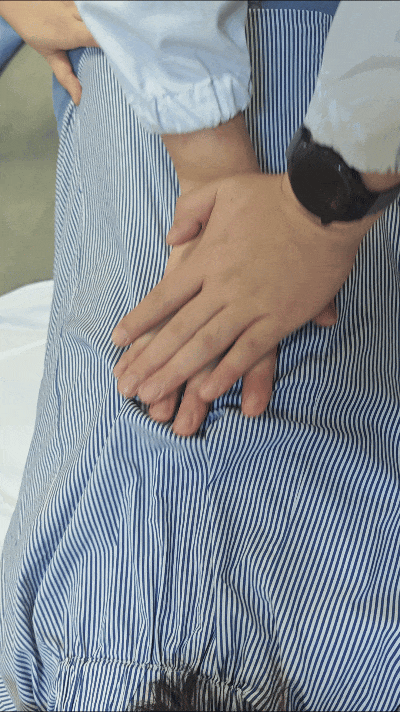
Pushing Method
-
Contact Area: Fingers, palms, or elbows;
-
Path: Unidirectional linear;
-
Key Points: The contact area should be firmly pressed against the body surface, with stable, uniform, and slow application;
-
Characteristics: Applicable to all body parts, increases muscle excitability, promotes blood circulation, and relaxes tendons and unblocks collaterals.

3
Compression Techniques
Compression techniques involve pressing or symmetrically squeezing the body surface with fingers, palms, or other body parts. This includes methods such as Pressing, Pointing, Pinching, Grabbing, Twisting, and Treading.
Pressing Method
-
Contact Area: Tip of the thumb or finger pads, single palm or double palms or overlapping palms;
-
Path: Vertical downward;
-
Key Points: The pressure point should be vertically pressed against the body surface, with force gradually increasing from light to heavy, avoiding sudden violent force;
-
Characteristics: Finger pressing is suitable for all body acupoints, while palm pressing is commonly used for the lower back and abdomen, can relax muscles, open blockages, invigorate blood, and relieve pain.
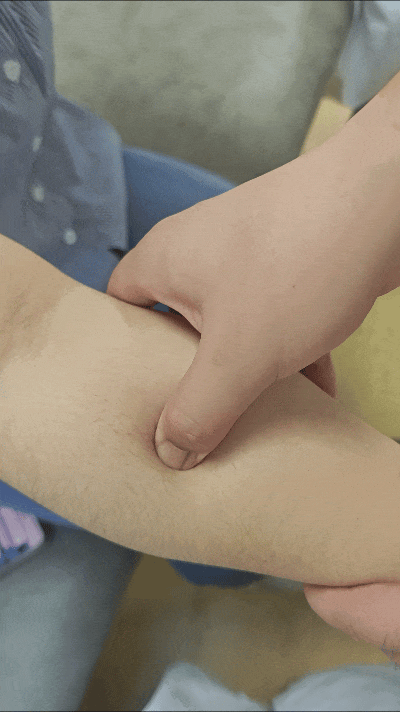
Grabbing Method
-
Contact Area: Between the thumb and index, middle fingers, or thumb and other four fingers;
-
Path: Relative squeezing and pinching;
-
Key Points: Gentle, continuous, and rhythmic, with force gradually increasing from light to heavy, avoiding sudden violent force;
-
Characteristics: Applicable to neck, shoulders, and limbs, can dispel wind and cold, open orifices, relieve pain, and relax tendons and unblock collaterals.
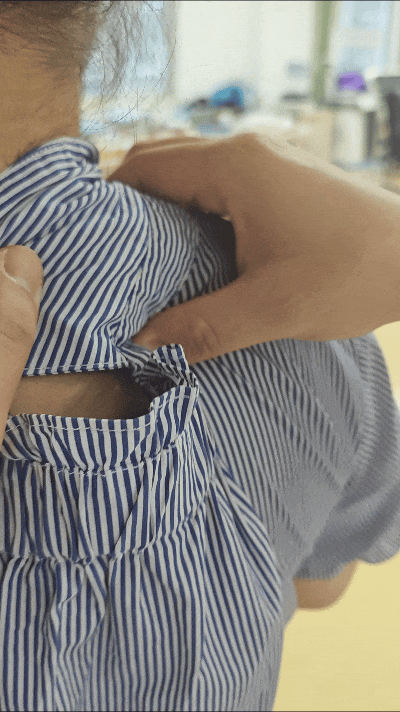
4
Tap Techniques
Tap techniques involve striking the body surface with the palm, back of the fist, fingers, side of the palm, or a wooden stick. This includes methods such as Patting, Hitting, and Flicking.
Patting Method
-
Contact Area: Fingers naturally together, with slight flexion at the metacarpophalangeal joints;
-
Path: Patting;
-
Key Points: Smooth and rhythmic;
-
Characteristics: Applicable to shoulders, back, waist, hips, and lower limbs, can treat wind pain, local sensory dullness, or muscle spasms, with effects of relaxing tendons and unblocking collaterals, and promoting Qi and blood circulation.
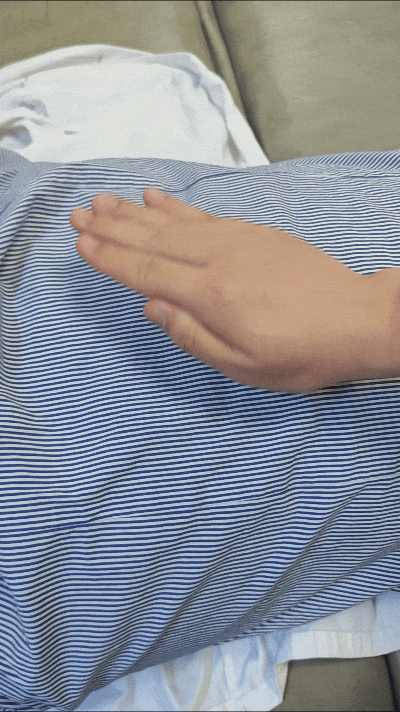
Hitting Method
-
Contact Area: Back of the fist, palm root, side of the palm, fingertips, or wooden stick;
-
Path: Vertical striking;
-
Key Points: Quick, brief, uniform, and rhythmic, without dragging or pulling;
-
Characteristics: Applicable to the whole body, can relax tendons and unblock collaterals, harmonize Qi and blood, commonly treating rheumatic pain, local sensory dullness, muscle spasms, or headaches.

5
Movement Techniques
Movement techniques involve passive movements of the joints. This includes methods such as Shaking, Back Method, Levering, and Stretching.
Shaking Method (passive circular rotation of joints)
-
Areas: Neck shaking, shoulder shaking, hip joint shaking, ankle joint shaking;
-
Path: Circular shaking;
-
Key Points: Movements should be gentle, with stable force, and the direction and amplitude must be within the patient’s physiological range, gradually increasing;
-
Characteristics: Applicable to limb joints and neck, lumbar regions. Can lubricate joints, enhance joint mobility, and improve symptoms of joint stiffness and limited flexion and extension.
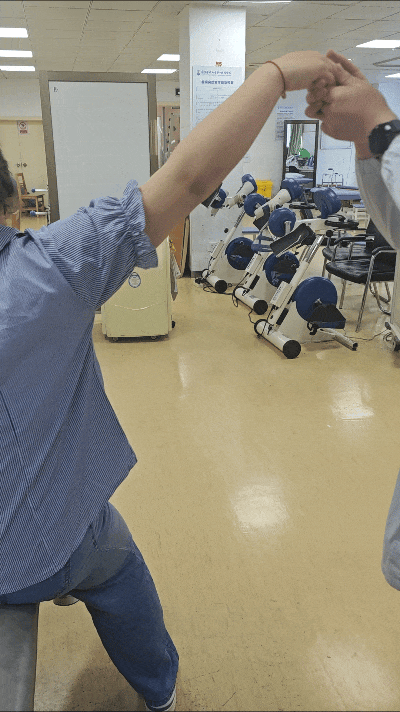
6
Vibration Techniques
Vibration techniques involve rhythmic alternating stimulation of varying intensity at a higher frequency, continuously applied to the body. This includes methods such as Shaking and Vibrating.
Shaking Method
-
Contact Area: Both hands hold the distal ends of the patient’s upper or lower limbs;
-
Path: Up and down, left and right;
-
Key Points: Small force, small amplitude, high frequency;
-
Clinical Use: Limbs, most commonly the upper limbs, often used as a finishing technique.
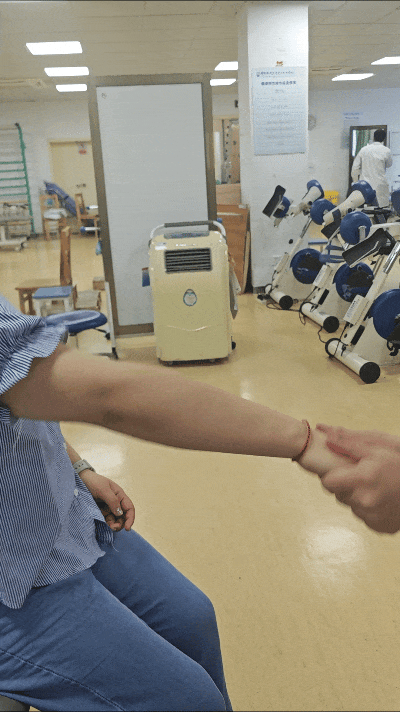
Author | Ge Jifeng
Editor | Lu Yiyi
Nanjing Medical University Second Affiliated Hospital, Department of Rehabilitation Medicine
Scan to Follow Us

“
Disseminating knowledge of rehabilitation medicine, promoting rehabilitation concepts, helping you understand the connotation of rehabilitation medical care, to assist in seeking correct and appropriate rehabilitation treatment.

